The Sony Xperia 1 III Has A Telephoto Lens Like No Other Phone
Sony has revealed its latest Android flagship smartphone, and the Sony Xperia 1 III 5G continues the company's push to make photography its biggest selling point. Tapping features previously only offered on Sony Alpha cameras, along with a 6.5-inch 120Hz 4K OLED 21:9 display, the Xperia 1 III also introduces the world's first variable optical telephoto lens.
It's something Sony is particularly proud of, not to mention keen to distinguish between other periscope lenses we've already seen on high-end smartphones. In the case of the Xperia 1 III, the 12-megapixel Exmor RS for Mobile sensor can switch between 70mm and 105mm discrete focal lengths.
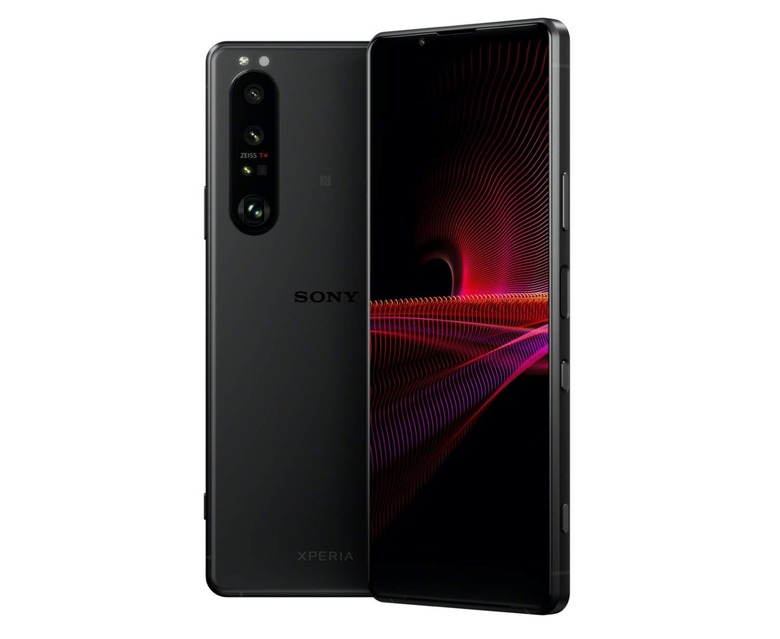
It means you get 2.9x and 4.4x zoom equivalents, along with the benefit of a sizable 1/2.9-inch sensor, split-pixel phase detection autofocus (Dual PDAF) and optical imager stabilization. What it's not is a smooth optical zoom between those two extremes – either digital zooming or Sony's Super Telephoto Zoom fill in the gap – but it should mean crisper details and better low-light performance.

The telephoto is paired with a 12-megapixel f/1.7 Dual PDAF OIS wide camera and a 12-megapixel f/2.2 Dual PDAF ultra-wide. There's also a 3D iToF sensor for depth. Sony uses ZEISS optics with T* coatings, plus BIONZ for Mobile sporting 60 times per second continuous AF/AE calculation, and 20fps AF and AE with advanced noise reduction.
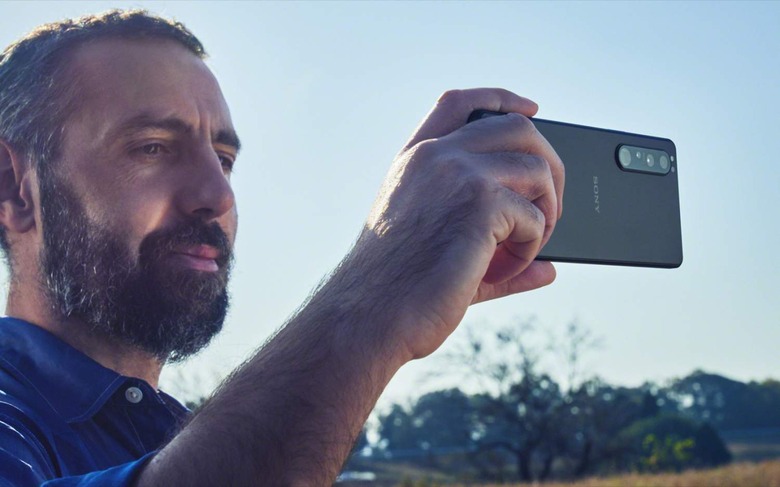
Also borrowed from Alpha cameras is real-time Eye AF supporting humans and animals. There's real-time tracking for the first time in an Xperia phone, plus Optical SteadyShot with FlawlessEye for improved low-light video stability. AI Super Resolution Zoom promises less interpolation grain when using digital zoom. On the video side, you can capture up to 4K HDR 120fps Cinema Pro video, and up to 5x slow motion, with support for both H.264 and H.265.
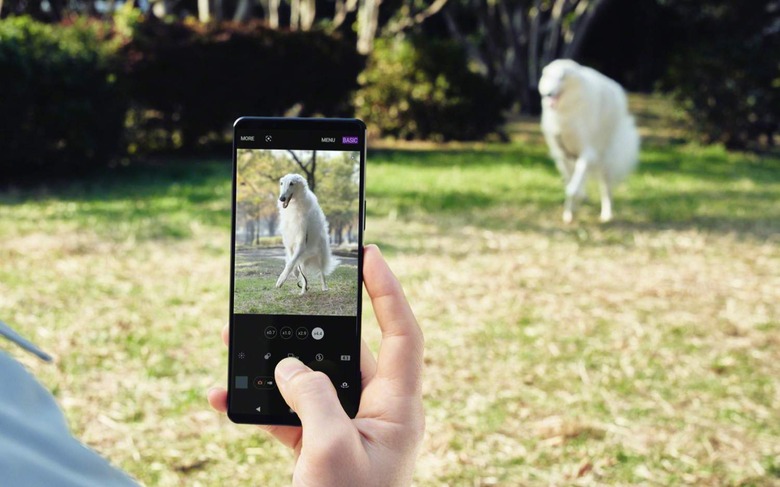
Sony has also changed how the Xperia 1 III captures photos and video. Google's standard camera app is gone, replaced with a new Xperia Photo Pro app that has a basic mode for point-and-shoot (with access to bokeh, 8-megapixel selfie, and panoramic images) along with a P/S/M/Auto mode for advanced users. The latter has access to more manual controls, plus RAW support. A textured shutter release button is on the side.
Sony Xperia 1 III display, processor, and battery
As for the rest of the phone, the Xperia team hasn't strayed too far from devices like the Xperia Pro and, indeed, the Xperia 1 II. There's a choice of Frosted Black or Froster Purple finishes for the 186 gram handset, which uses Gorilla Glass Victus on the front and Gorilla Glass 6 on the back, around a metal frame. It's IP65/68 compliant, and there's a fingerprint sensor built into the power button on the edge.
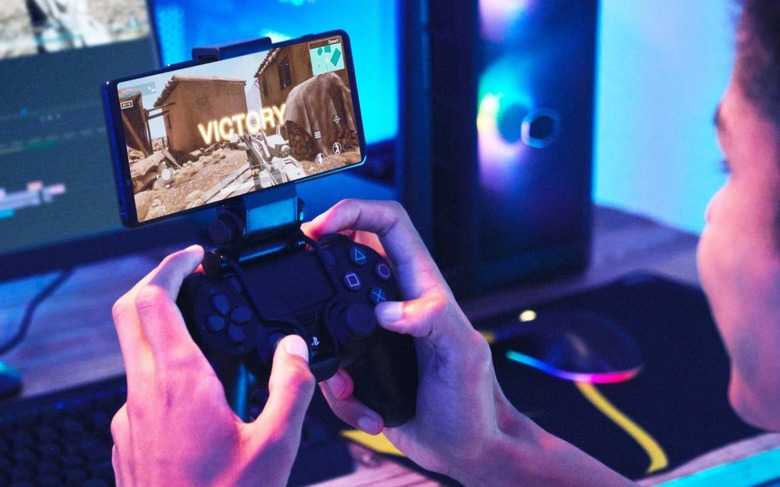
The display is a 6.5-inch 4K 120Hz OLED with HDR support. It has 240Hz motion blur reduction and 240Hz touch response, and Sony says it's individually calibrating each panel at the point of production. A low gamma raiser can enhance detail in darker areas without over-exposing brighter portions of the scene.
With USB Video Class via USB-C support, meanwhile, if you have an HDMI to USB adapter and a compatible camera you can use the Xperia 1 III as an external monitor. There's less bandwidth than the HDMI input on the Xperia Pro, however, so it tops out at Full HD 60fps rather than 4K, but you can still live-stream to YouTube, StreamLabs, and other platforms.
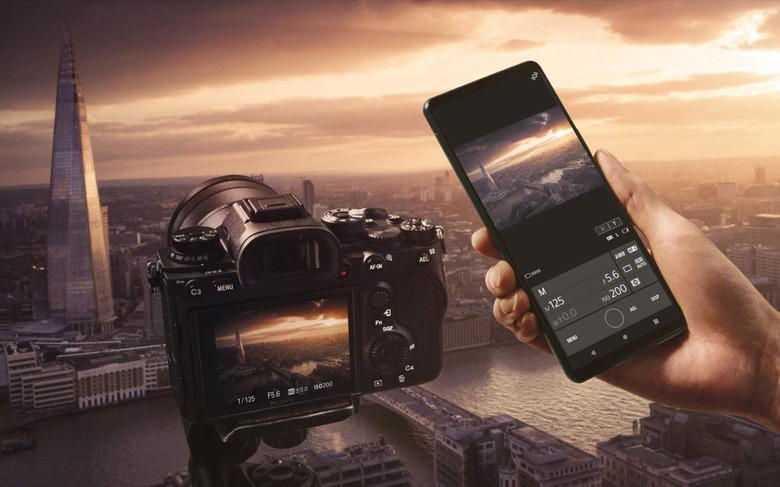
For audio, there's 360 Reality Audio support on speakers, with new processing and a 3D virtualizer. 360 Spatial Sound can up-mix stereo into immersive audio in real-time, for playback on the full-stage, front-facing stereo speakers. There's also DSEE Ultimate.
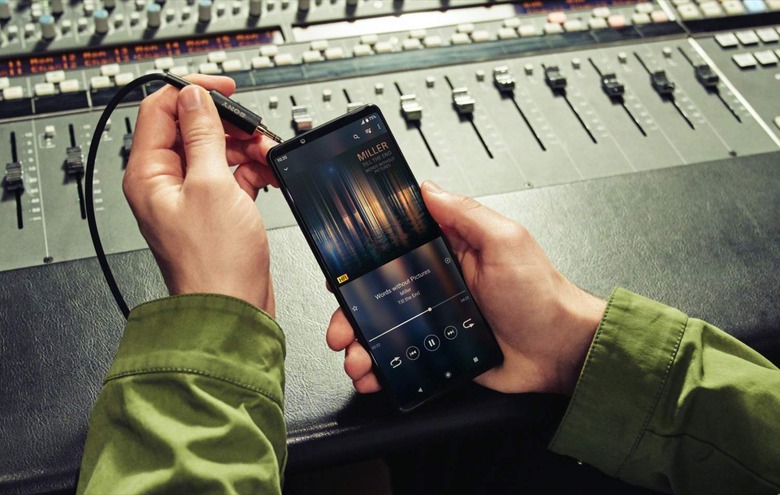
A 3.5mm headphone jack is still included, with Sony promising less distortion at max output, along with roughly 40-percent more output generally (for non-Atmos audio) than the old phone. Bass should be improved, too. An audio equalizer feature promises to heighten the frequencies of useful sounds in games – such as footsteps – to help pull them out of background noise. You can also grab a clip of the last 30 seconds of gameplay and export that as a video.
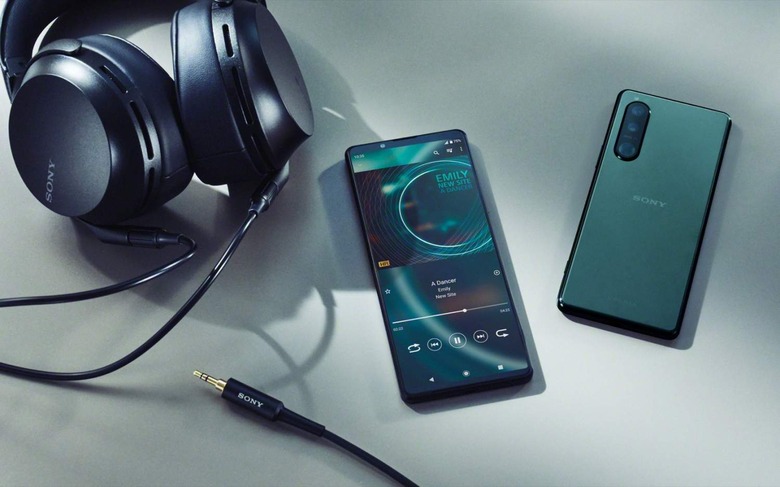
Qualcomm's Snapdragon 888 brings its 5G, and is paired with 12GB of RAM and 256GB of storage. A microSD slot can be used to add to that, or alternatively supports a second SIM. In the US the Xperia 1 III will be billed as a Sub 6 5G device, and that'll work on Verizon and T-Mobile's networks; AT&T will only get 4G LTE speeds. Sony says there'll likely be a 5G mmWave version of the phone, but not for the US.
As for the battery, that's a 4,500 mAh pack which supports 30W wired charging: 30 minutes plugged in is good for up to 50-percent of a charge, Sony promises. There's also wireless charging and wireless battery share.
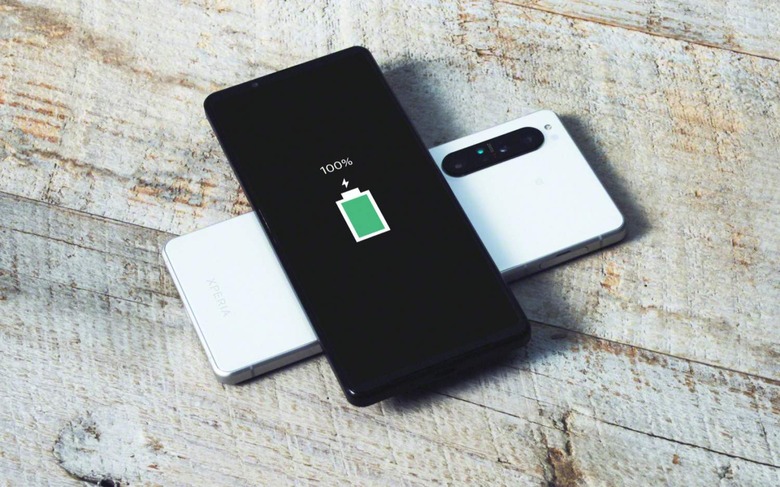
The Sony Xperia 1 III will go on sale this summer, the company says. No word on pricing at this stage; that'll be confirmed closer to release.
Sony Xperia 5 III 5G
Smaller than the Xperia 1 III, but borrowing some of its key features, the Xperia 5 III has a 6.1-inch 21:9 FHD 120Hz HDR OLED screen and the same Snapdragon 888 5G chipset. It gets 8GB of RAM and either 128GB or 256GB of storage.
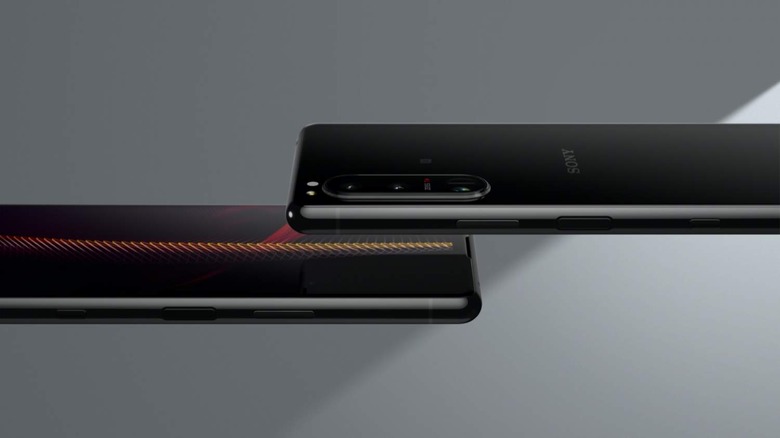
On the rear, there's the same trio of wide, ultra-wide, and telephoto cameras, though the Xperia 5 III misses out on the Time of Flight sensor and the real-time tracking. There's a 4,500 mAh battery, but no wireless charging, only fast wired charging support. While the phone is still IP65/68 rated, it uses Gorilla Glass 6 on both sides, not Gorilla Glass Victus.
The Xperia 5 III will also go on sale this summer, with pricing confirmed closer to release.
